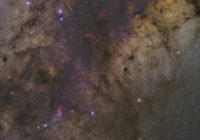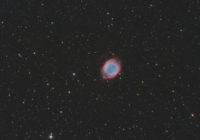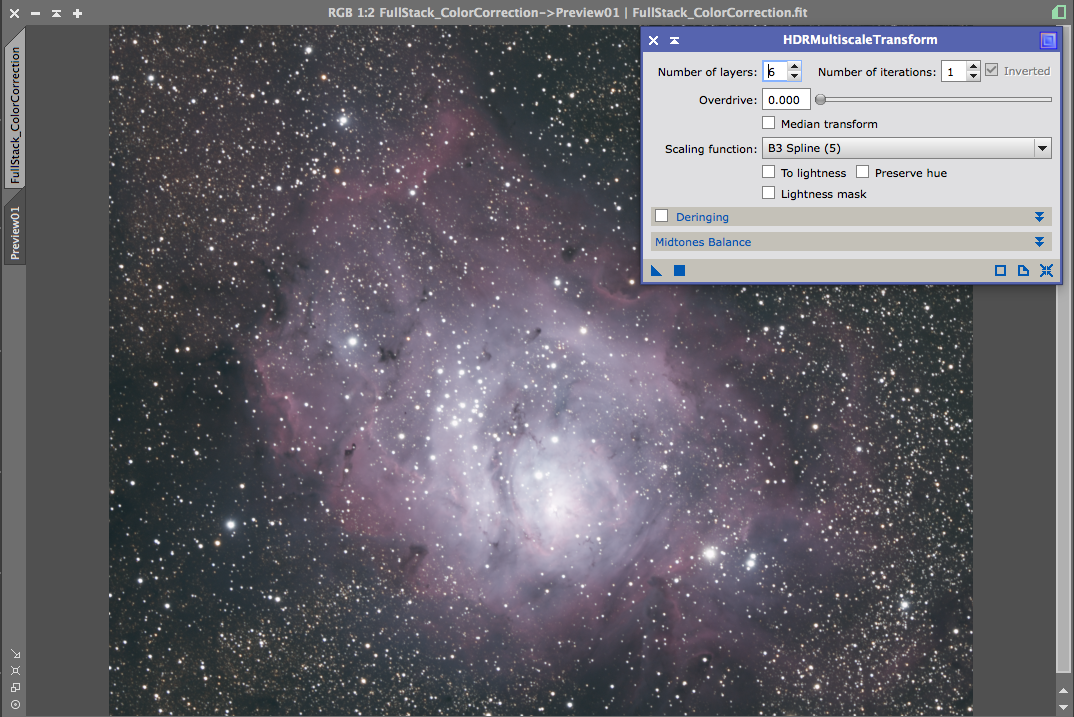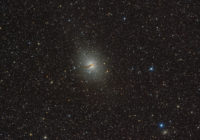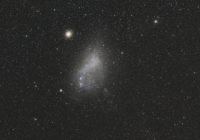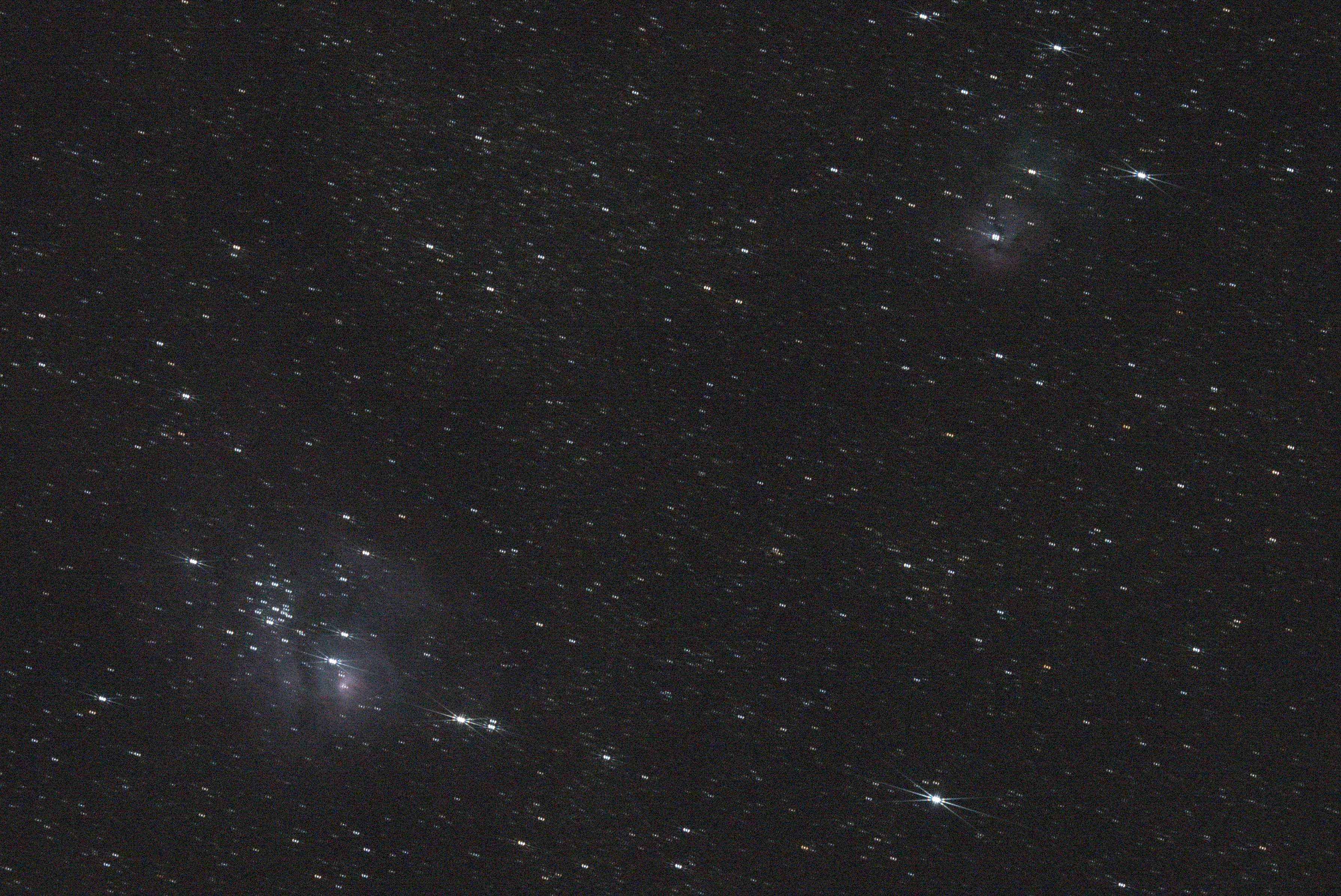This beautiful wide field of view of Scorpion’s tail contains the famous cat’s paw and lobster nebula’s along with the ‘prawn’ nebula at the bottom. Near the Prawn nebula you see the ‘northern jewel box’ star cluster, or NGC 6231. I especially love the way the dust clouds on the right side of the image almost seem to be slowly moving as if they are colorations within a liquid. Image acquisition details Date: July 12,…
Read MoreAuthor: chrisvdberge
Helix nebula with a DSLR
Using the SubframeSelector script
In my workflow I always use the SubframeSelector script in PixInsight to analyse my frames and assign a weight to them in the Integration process. This is step 1.b in the basic DSLR workflow for PixInsight. Why use the SubframeSelector script I know many people just visually inspect their subs to see if they were good. Check for any clouds, deformed stars or other tracking errors. This might be good for the obvious errors, but…
Read MoreCalibration and debayer of RAW images
Calibration and debayer of the images you acquired during your imaging session is the first step in the processing workflow. In this article I’ll take a more in depth look into the different aspects of this step. Please note that the BatchPreprocessing script in PixInsight takes care of all the things explained below. RAW files and when to debayer I’ll assume you are shooting your images in RAW format (and NOT in JPG), if that’s…
Read MoreBasic DSLR workflow for PixInsight
The Pipe Nebula with the Sagittarius triplet; Lagoon, Trifid and IC1274
The Pipe nebula, also known as Barnard 59, 65–67, and 78, is a huge dark cloud in the constellation of Ophiuchus, near the center part of the Milky Way. This area contains a lot of dark clouds and you can also see the much smaller Snake Nebula to the right of the Pipe nebula. You can see the Pipe nebula really ‘popping out’ of the Milky Way when you watch it with the naked eye…
Read MoreCentaurus A with Nikon D7000
As the 5th brightest galaxy in our skies, Centaurus A (NGC 5128) is a very popular target both visually as for astrophotography. The galaxy looks like a lenticular or elliptical (yes, there still seems to be debate about this) galaxy with a very distinct disturbed dust lane across. It’s a clear example of a ‘disturbed’ galaxy, one that is the result of two smaller galaxies merging in the past. When processing the image I noticed…
Read MoreThe Small Magellanic Cloud and Tuc 47
The Small Magellanic Cloud (SMC) is a dwarf galaxy near the Milky Way at a distance of around 200,000 light-years. Together with the LMC it can be clearly seen with the naked eye. The SMC is visually accompanied by 2 globular clusters. The biggest one is called Tuc47 and it is located 16,700 light years from us. It is in fact the second brightest globular cluster in the sky (after Omega Centauri). Unfortunately I only…
Read MoreA window into the Milky Way; wide field image of Sagittarius
Update: This image was Image of the Day on 8-8-2015 on Astrobin.com The Sagittarius part of the Milky Way is a very interesting and beautiful area. You can find the Lagoon (M8) and Trifid (M20) nebulas here, as well as the Eagle (M16) and Omega nebulas (M17). But perhaps even more interesting is the Sagittarius Star Cloud, or M24. This is a gap in the dust of Sagittarius and you look right through into the…
Read MoreTop 10 astrophotography mistakes
Astrophotography is a challenging hobby. With so many things to keep in mind and to sort out, one is bound to make some (obvious) mistakes. And they are really silly ones in most cases. At least, I certainly make plenty of silly mistakes ;). When in Namibia and spending so many hours under the clear night sky doing astrophotography, I made all the obvious mistakes I can think of. And then some… So here are…
Read More